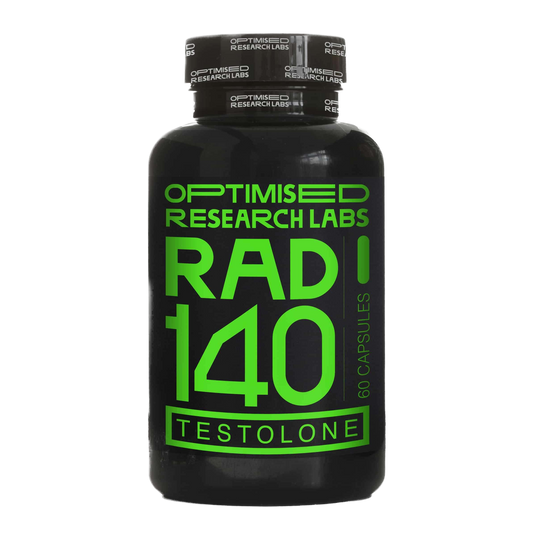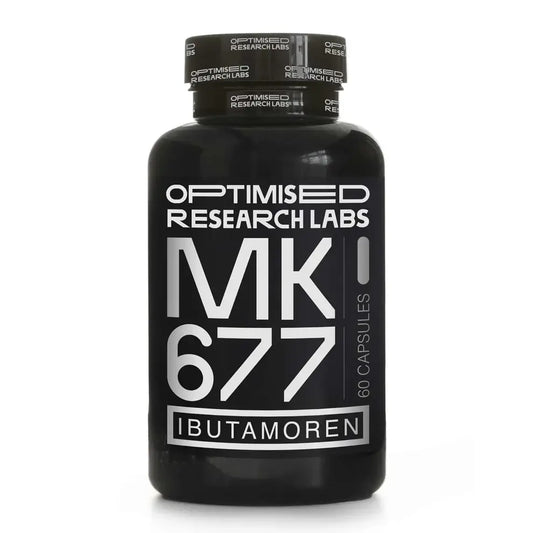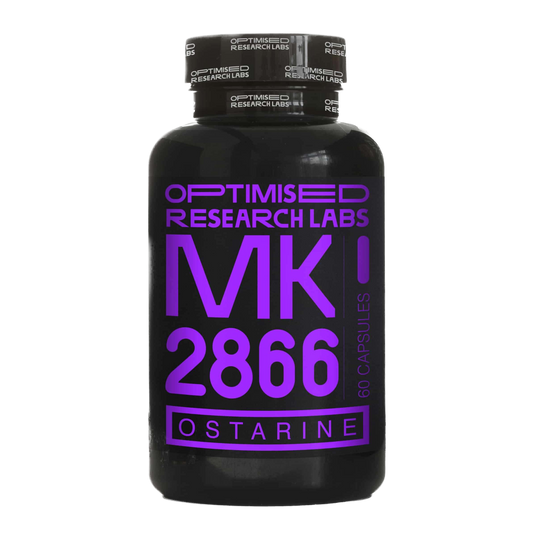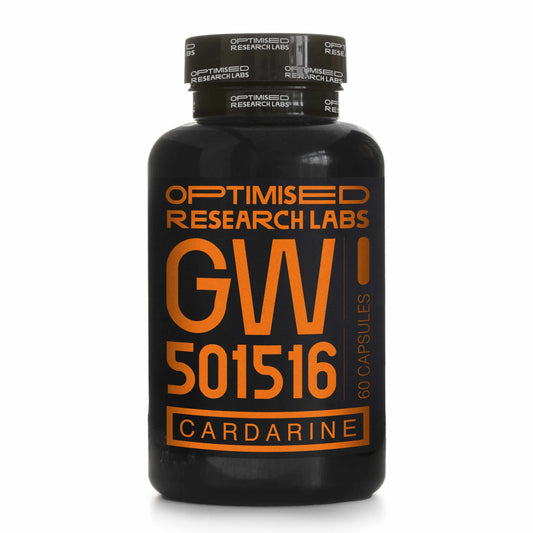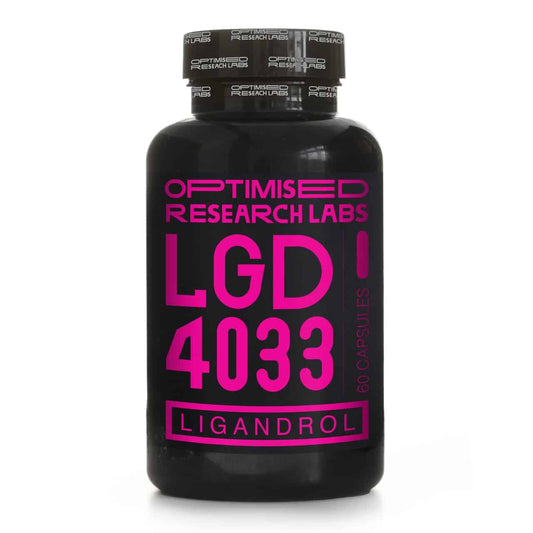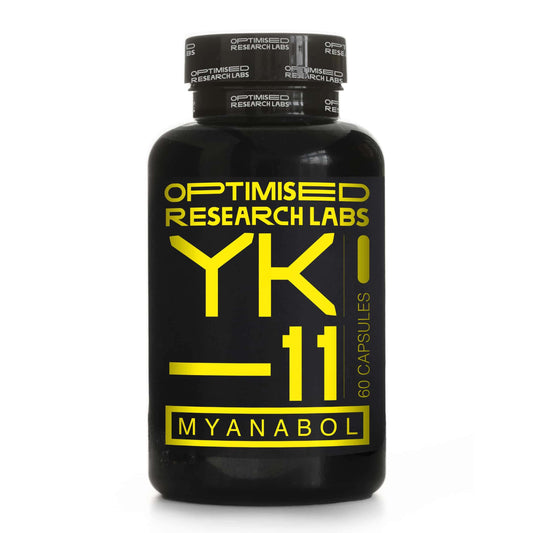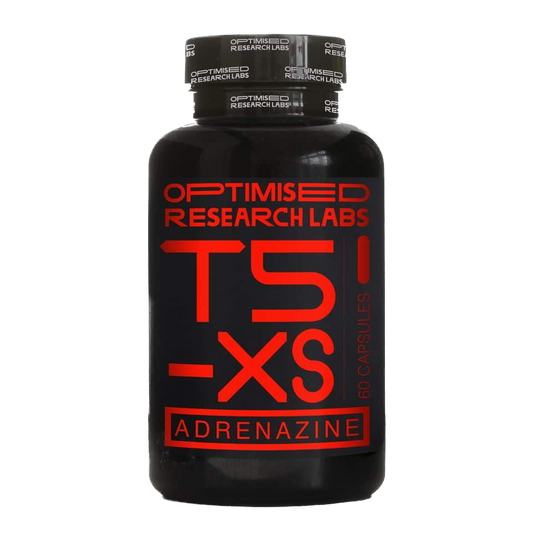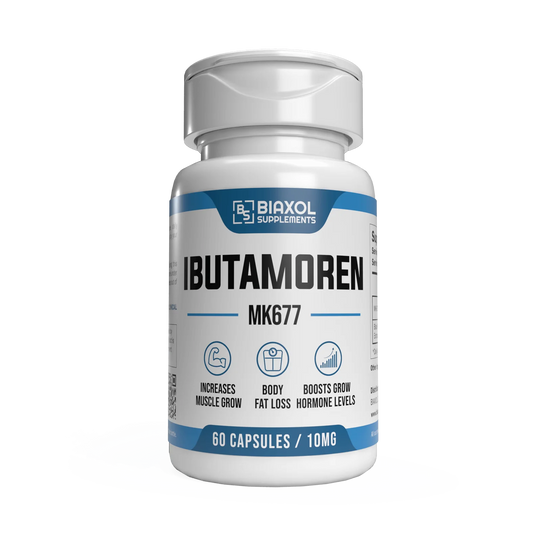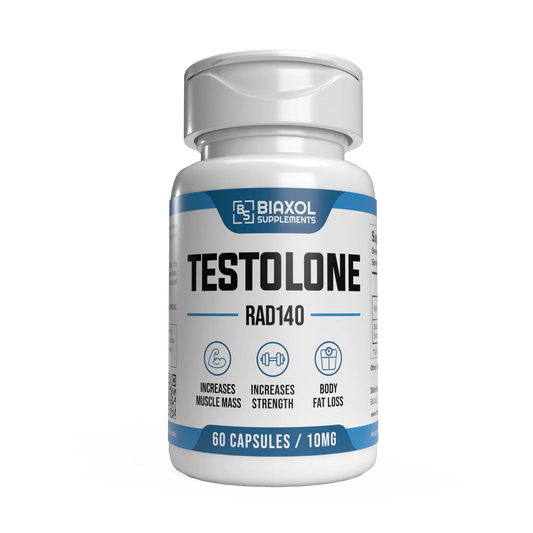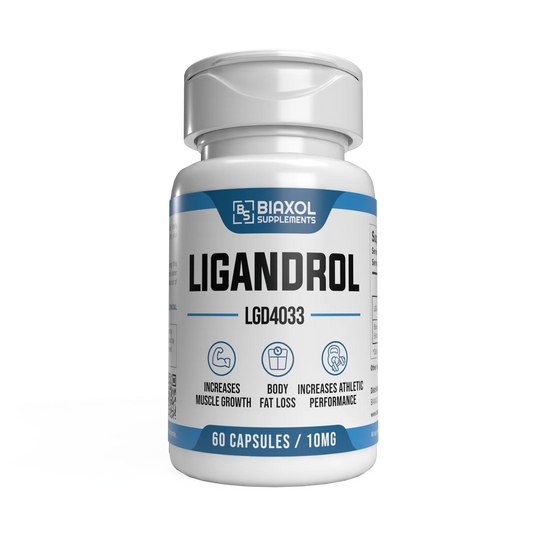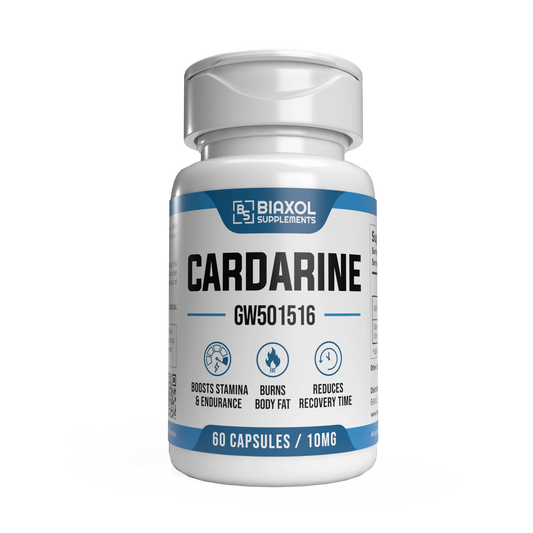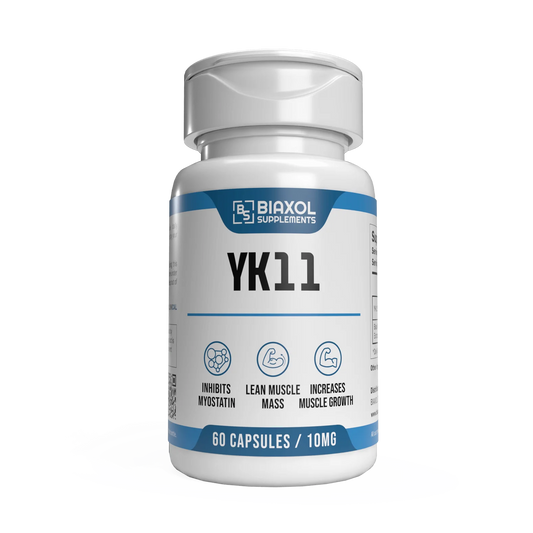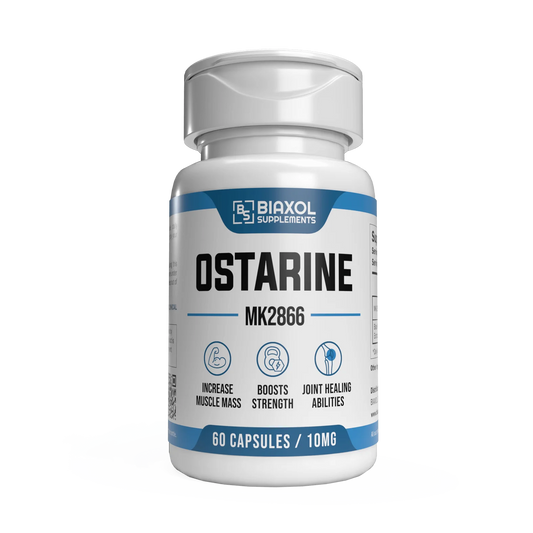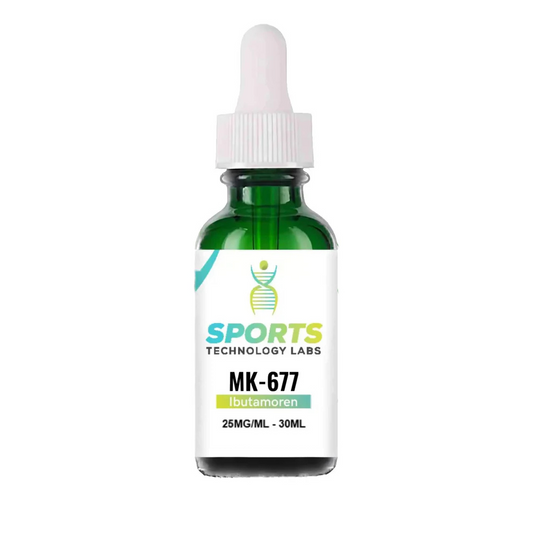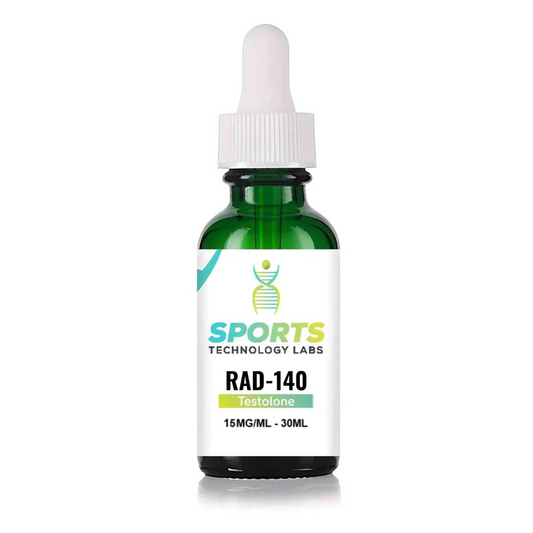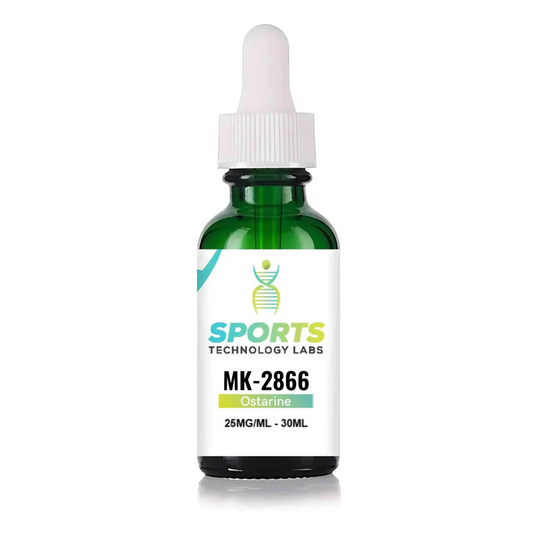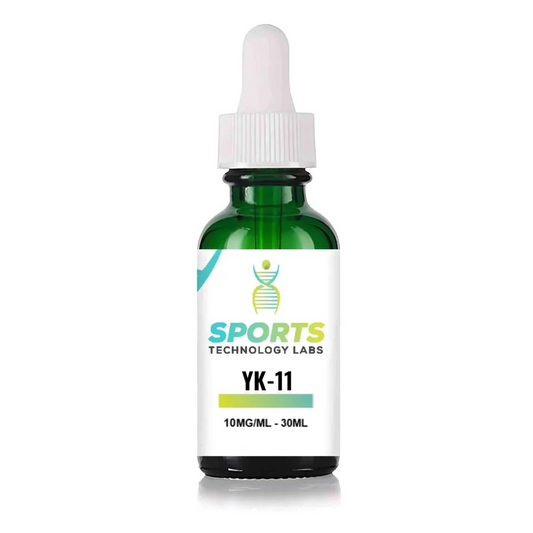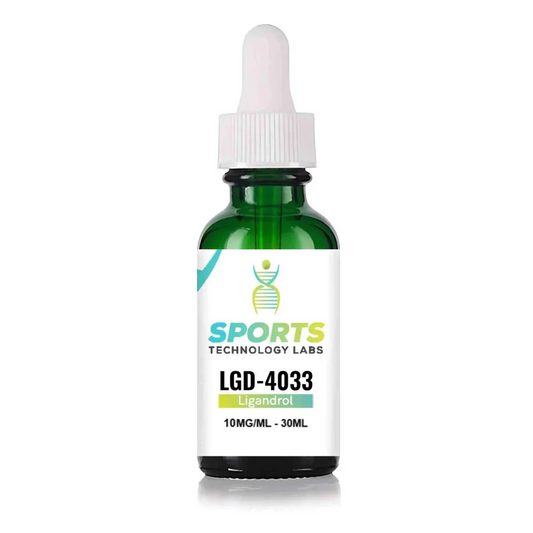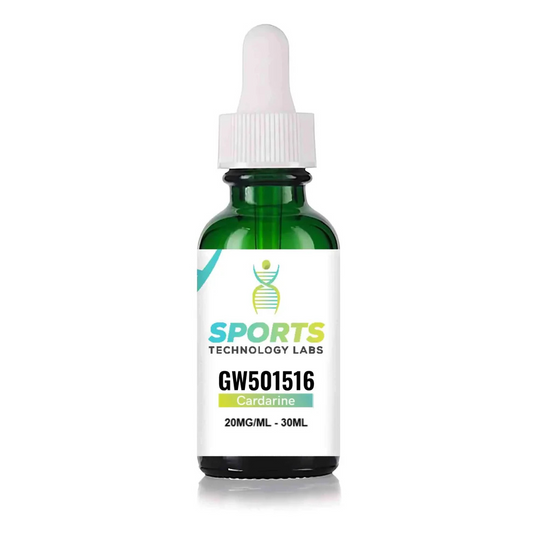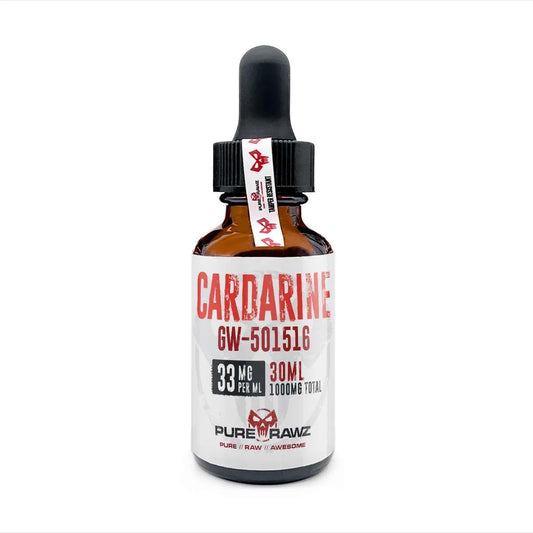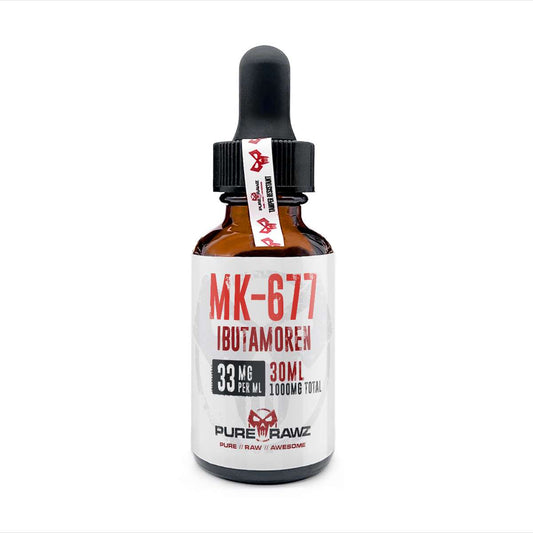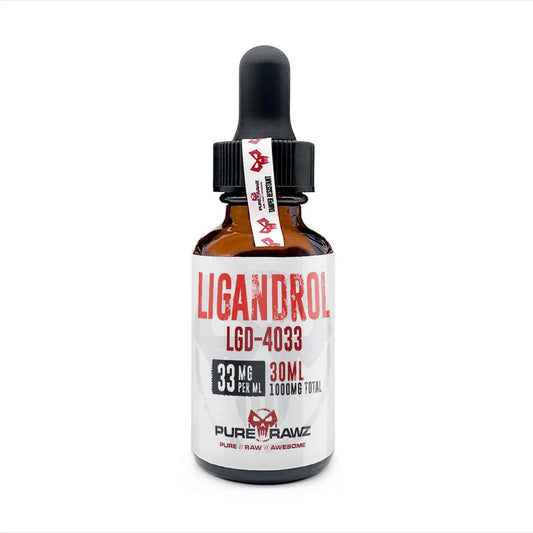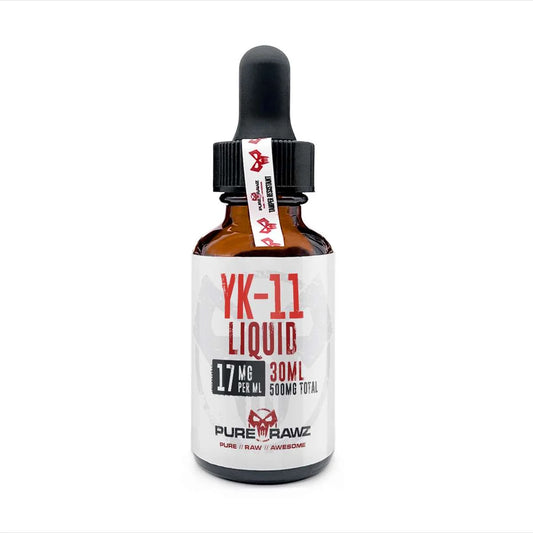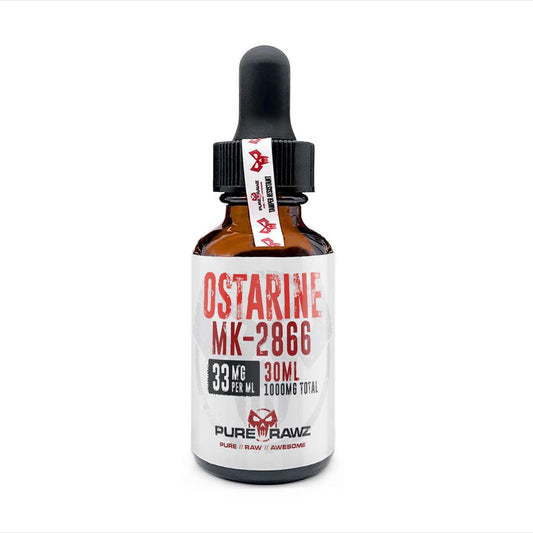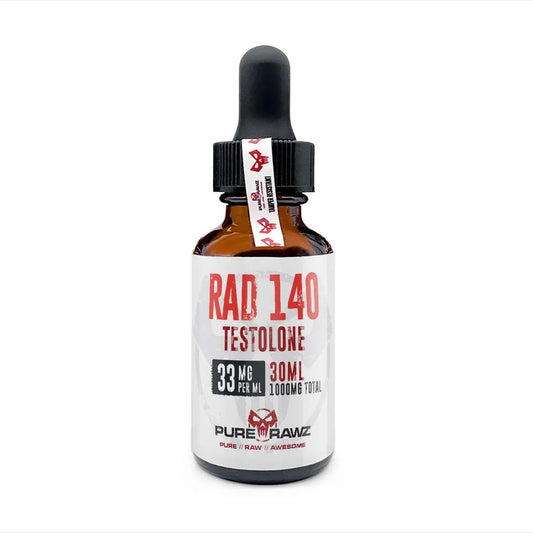SARMs for Weight Loss: A Scientific Examination

- How SARMs Aid in Weight Loss -
- SARMs Used for Weight Loss -
- Conclusion: Are SARMs Effective for Weight Loss? -
In recent years, Selective Androgen Receptor Modulators (SARMs) have gained significant attention in the fitness and bodybuilding community. While primarily known for their ability to promote muscle growth and enhance athletic performance, SARMs have also been explored for their potential role in weight loss. The question remains: Are SARMs effective for weight loss?
In this article, we will delve into the science behind SARMs, explore their potential for fat reduction, and discuss the risks associated with their use.
What Are SARMs?
SARMs, or Selective Androgen Receptor Modulators, are a class of compounds that bind selectively to androgen receptors in the body. Androgen receptors play a crucial role in regulating muscle growth, bone density, fat metabolism, and other androgenic activities. Unlike anabolic steroids, which affect the entire body, SARMs target specific tissues—mainly muscle and bone—while sparing other organs, such as the liver and heart.
SARMs were initially developed for the treatment of muscle-wasting conditions like cancer, osteoporosis, and cachexia. However, their ability to promote lean muscle mass while potentially aiding in fat loss has led to widespread use among bodybuilders and fitness enthusiasts.
How SARMs Aid in Weight Loss
Several SARMs are believed to promote weight loss, primarily by increasing lean muscle mass and stimulating fat metabolism. Below are the mechanisms through which SARMs may contribute to weight loss:
- Increased Lean Muscle Mass: SARMs like Ostarine (MK-2866) and Ligandrol (LGD-4033) are designed to enhance lean muscle tissue growth. An increase in muscle mass boosts the body's basal metabolic rate (BMR), leading to higher calorie expenditure, even at rest. The more muscle mass an individual has, the more calories their body burns, potentially leading to fat loss over time.
- Enhanced Fat Oxidation: Some SARMs, particularly Cardarine (GW-501516) and Stenabolic (SR9009), are known to improve the body’s ability to oxidize fat. These SARMs activate pathways involved in fat metabolism, increasing energy expenditure and promoting the breakdown of fat stores for energy. Research has shown that Cardarine, in particular, activates PPAR-delta receptors, which play a key role in the regulation of fat metabolism and glucose uptake .
- Improved Insulin: Sensitivity Insulin resistance is a major factor in weight gain and fat storage. By improving insulin sensitivity, SARMs may help the body utilize carbohydrates more effectively, preventing fat accumulation. For instance, Cardarine has been shown to enhance insulin sensitivity, allowing the body to process glucose more efficiently and use it for energy rather than storing it as fat .
- Increased Endurance and Stamina: SARMs like Stenabolic and Cardarine are known for improving endurance by enhancing mitochondrial function and increasing energy levels. This allows for more intense workouts and longer training sessions, resulting in greater calorie expenditure and fat loss over time.
SARMs Commonly Used for Weight Loss
While SARMs were not originally developed for fat loss, several compounds are now popular in fitness circles for their ability to promote both muscle growth and fat reduction. Below are some of the most commonly used SARMs for weight loss:
1. Ostarine (MK-2866)
Ostarine is one of the most well-known SARMs for both bulking and cutting cycles. Its ability to increase lean muscle mass without significant water retention makes it a popular choice for individuals seeking fat loss while preserving muscle. A study conducted by GTx Inc. showed that Ostarine not only increased muscle mass in participants but also contributed to a reduction in body fat.
[Shop Now]
2. Cardarine (GW-501516)
While technically not a SARM (it is a PPAR-delta receptor agonist), Cardarine is often grouped with SARMs due to its performance-enhancing benefits. Cardarine is known to increase fat oxidation and improve endurance, making it a powerful Non-SARM for weight loss. Studies have demonstrated that Cardarine can significantly improve fatty acid metabolism, leading to fat reduction, especially when combined with a proper diet and exercise regimen.
[Shop Now]
3. Andarine (S4)
Andarine is another popular SARM used for fat loss. It binds to androgen receptors in muscle and bone, promoting muscle retention during a calorie deficit. Andarine is believed to help reduce fat, particularly in stubborn areas such as the abdominal region, without causing significant water retention or bloating.
[Shop Now]
Scientific Evidence for SARMs and Fat Loss
Although anecdotal reports and personal experiences suggest that SARMs can contribute to fat loss, scientific evidence remains limited. Most studies conducted on SARMs have focused on their ability to build muscle and treat muscle-wasting conditions. However, a few studies have hinted at the potential fat-burning properties of certain SARMs.
For example, research on Cardarine has shown its ability to enhance fat metabolism and improve physical endurance in both animal and human trials. One study published in The Journal of Clinical Investigation demonstrated that Cardarine activated PPAR-delta receptors, resulting in an increase in fatty acid oxidation and a reduction in fat mass .
Similarly, a study conducted on Stenabolic (SR9009) found that it had the potential to increase energy expenditure and reduce fat mass in animal models. Although further human studies are needed, these results suggest that SR9009 could be beneficial for fat loss when combined with an appropriate diet and exercise program .
Risks and Side Effects of Using SARMs for Weight Loss
While SARMs may offer fat loss benefits, they are not without risks. Since SARMs are still under investigation and not approved by regulatory agencies such as the FDA, their long-term safety has not been established. Below are some of the potential risks and side effects of using SARMs for weight loss:
- Hormonal Imbalance: SARMs can suppress natural testosterone production, leading to potential hormonal imbalances, which may require post-cycle therapy (PCT) to restore normal hormone levels.
- Liver Toxicity: Some SARMs, such as Ligandrol (LGD-4033), have been linked to liver damage when used in high doses or over extended periods.
- Unknown Long-Term Effects: Since SARMs are relatively new, there is limited research on their long-term effects on health, especially when used for fat loss purposes. More research is needed to fully understand their potential risks.
- Legal and Regulatory Concerns: SARMs are not approved for human use by the FDA, and their sale for bodybuilding or fat loss purposes is illegal in many countries. They are also banned by the World Anti-Doping Agency (WADA), making them unsuitable for competitive athletes.
Conclusion: Are SARMs Effective for Weight Loss?
SARMs have shown potential for promoting fat loss, especially when combined with muscle retention and increased endurance. Compounds like Cardarine and Andarine have demonstrated fat-burning capabilities through enhanced metabolism and fat oxidation. However, the limited scientific research and potential health risks make SARMs a controversial option for weight loss.
If you are considering SARMs for fat loss, it's essential to weigh the benefits against the risks. Additionally, proper dosing, post-cycle therapy, and consulting with a healthcare professional are crucial to minimising the potential side effects.
In conclusion, while SARMs may offer short-term benefits for weight loss, their long-term safety remains uncertain. For those seeking a sustainable and healthy approach to fat loss, sticking to well-researched methods and supplements is the most reliable path
Scientific References:
[1] The selective androgen receptor modulator GTx-024 (enobosarm) improves lean body mass and physical function in healthy elderly men and postmenopausal women: results of a double-blind, placebo-controlled phase II trial.
[2] A metabolomic study of the PPARδ agonist GW501516 for enhancing running endurance in Kunming mice.
[3] SR9009 has REV-ERB–independent effects on cell proliferation and metabolism.
[4] In vitro anti-carcinogenic effect of andarine as a selective androgen receptor modulator on MIA-PaCa-2 cells by decreased proliferation and cell-cycle arrest at G0/G1 phase.





